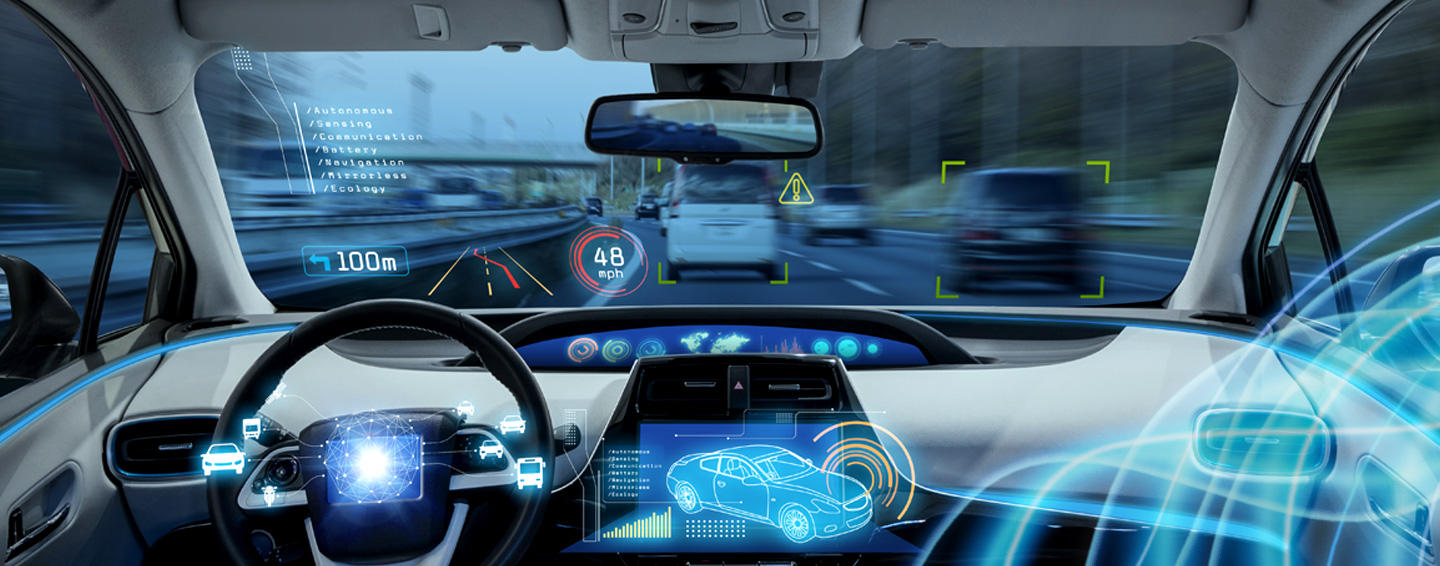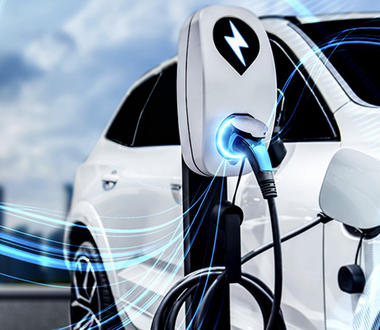
Information at a glance
Panasonic's head-up display (HUD) technology is improving safety by providing helpful information to drivers - while keeping their attention focused on the road.
Panasonic is making driving safer and easier with intelligent HUD systems that are smaller, lighter and more user friendly. Employing decades of consumer imaging technology and with the ability to manufacturer our own mirrors and lenses, we’re uniquely positioned in the marketplace with robust, vertically-integrated design and manufacturing capability.
Head-up displays are only as useful as they are visible. Panasonic’s vast portfolio of projection technologies provides a unique advantage as we employ Digital Light Processing (DLP) to power our HUD displays. The result is maximum brightness, crispness and contrast, and – unlike LCD displays – our DLP-driven imagery can be discerned while wearing polarized sunglasses. We’ve also refined our optical components so that virtual images can seemingly be displayed onto the road ahead for a more dual-point, 3D effect. Better still, Panasonic HUD systems only require four sensors, which helps our OEM partners control costs.
The enhanced safety afforded by our HUD systems isn’t limited to vehicle occupants. Our object recognition technology highlights and tracks pedestrians and bicyclists while simultaneously powering adaptive cruise control which indicates the distance of the car ahead in relation to your speed.
We’re developing lane control and guidance systems that visually direct you to the proper lane for exiting freeways or merging onto a connecting highway, eliminating the need for harrowing, last-minute lane switches. Other future Panasonic HUD technologies will highlight school and pedestrian crossing as you approach them.
Providing further automation and safety, Augmented Reality HUD 2.0 built into Panasonic’s acclaimed SkipGen2 IVI features patented eye tracking eye tracking system (ETS), which detects driver height and head movement and dynamically adjusts the position and focus of the images in the field of view or “eyebox.” AI navigation software intelligently matches the changing environment with AR overlays and icons, providing intuitive situational awareness of the surrounding environment.
